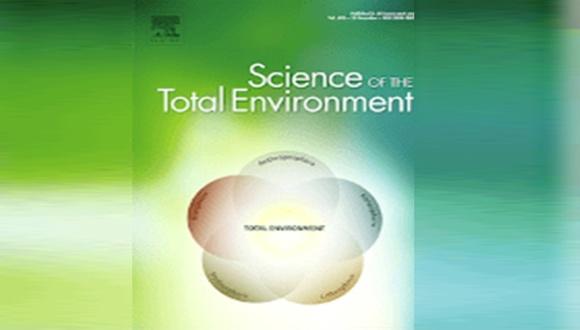Effects of microplastic on a native coastal plant
Noy Kaminer Bitton
:This study was carried out under the supervision of
Prof. Ines Zucker and Dr. Michal Gruntman
Noy Kaminer Bitton
:This study was carried out under the supervision of
Prof. Ines Zucker and Dr. Michal Gruntman
Abstract
Plastic contamination presents major environmental threats through its degradation into micro-sized particles that are harmful to a variety of organisms, including plants. Among terrestrial habitats, coastal dunes are likely one of the most plastic-polluted, but very few studies thus far examined microplastic effects on wild plants native to this habitat. Moreover, current research microplastics has limited environmental relevancy due to the common use of raw un-weathered microplastics in exceeding concentrations. Our research examined the effects of microplastics from biodegradable and non-biodegradable origin, in their pristine (raw) and weathered form, on the native coastal plant Cutandia maritima. We first synthesized engineered microplastics of high environmental relevancy from bulk plastic products. Then, we exposed C. maritima to the microplastics in the soil. Though no effect was found on the plants following chronic exposure to all microplastic types, weathered plastic in the maternal environment delayed seed germination, suggesting epigenetic modifications might have an effect at the embryo stage. In contrast, direct exposure of microplastics, specifically polylactic acid, facilitated seeds germination. Our results highlight the importance of studying the effects of microplastic on seed germination and raise the chronic ecological consequences of environmental microplastic costal contamination, which needs to be taken into account in regulatory and environmental assessments


